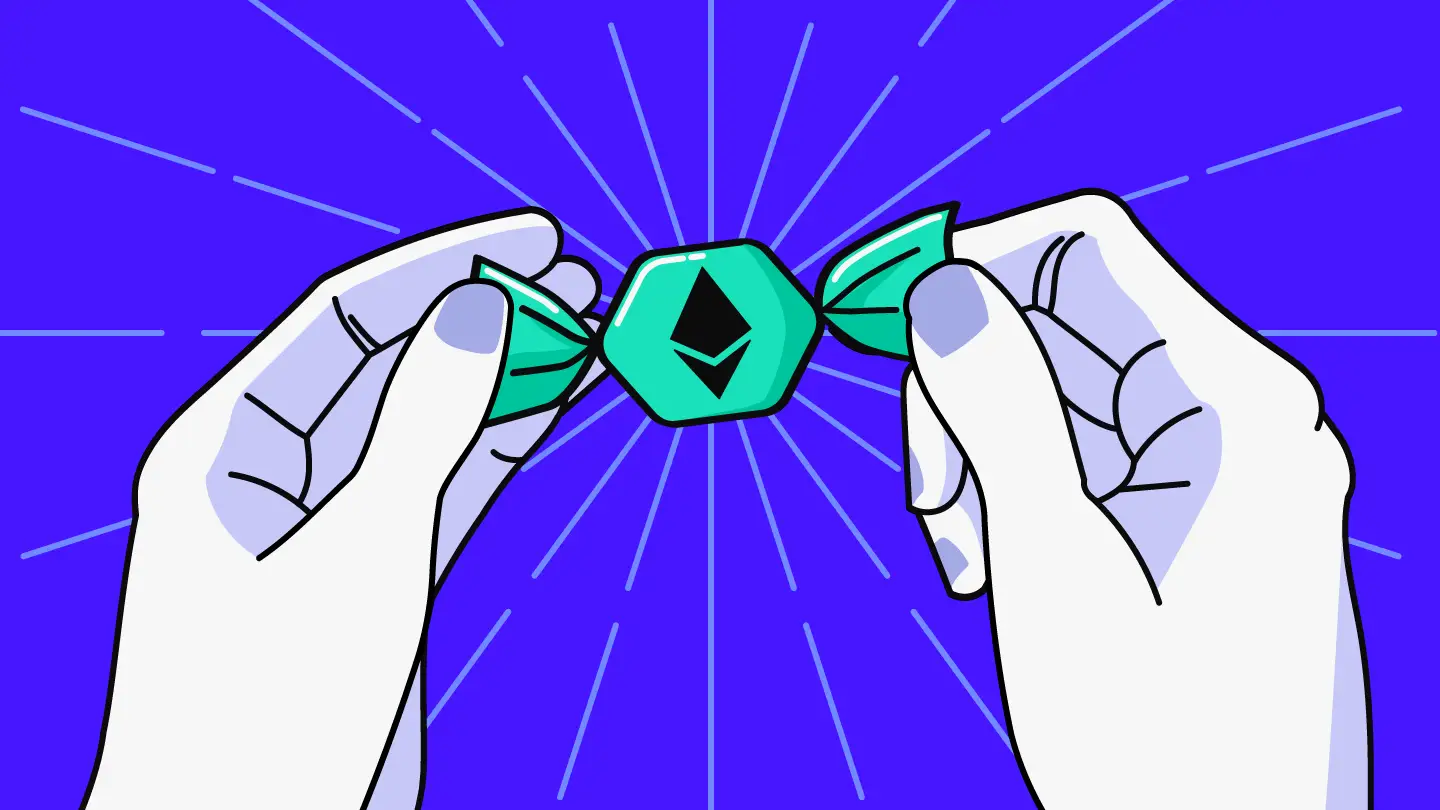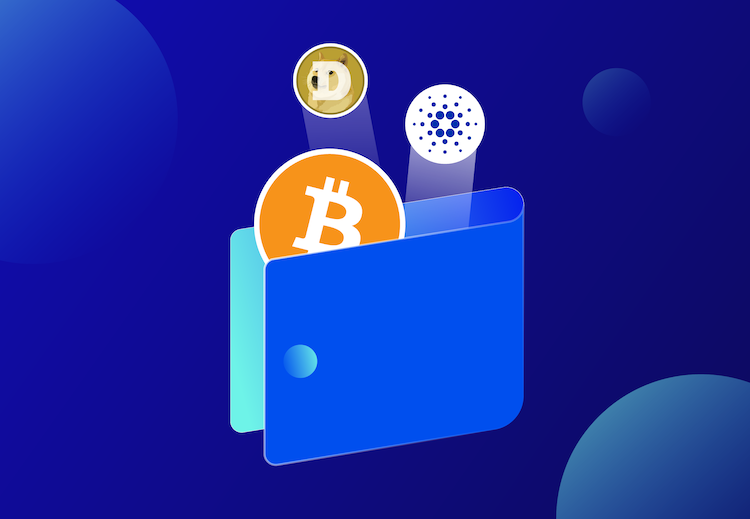Why does Ether need a disguise to thrive in DeFi? Wrapped Ether breaks Ethereum’s outdated rules to unleash true token power.
Wrapped Ether, commonly shortened to WETH, is a concept that’s become a staple in the decentralized finance (DeFi) world. But what is it really? Simply put, it’s Ether (ETH) that’s been converted to fit into the widely accepted ERC-20 token standard on the Ethereum blockchain. If you’re scratching your head wondering why this matters, you’re not alone.
First, a bit of background. Ether is the native currency of the Ethereum blockchain. However, unlike most tokens you see on Ethereum, ETH itself doesn’t comply with the ERC-20 standard. This makes trading ETH alongside other tokens on decentralized exchanges trickier than it needs to be.
“Ether doesn’t conform to the ERC-20 standard. That means it’s not always compatible with the countless smart contracts designed for ERC-20 tokens.” — Cointelegraph
Here’s where WETH comes in. By “wrapping” ETH, you get an ERC-20 token that’s backed 1:1 by real Ether. This allows WETH to play nice with every DeFi protocol out there — from decentralized exchanges (like Uniswap) to lending platforms, and everything in between. Without wrapping, users would encounter all sorts of unnecessary friction when trying to swap assets or use ETH in smart contracts.
So how do you actually wrap Ether? It’s straightforward for the technically inclined. You send ETH to a smart contract that holds your Ether while issuing the equivalent amount of WETH tokens in return. When you want your original ETH back, you send your WETH to the contract to redeem it. This “wrap” and “unwrap” sequence ensures users can move fluidly between standard ETH and the ERC-20-compliant WETH.
“Wrapping ETH lets it interface with the vast ecosystem of ERC-20 tokens… it’s a bridge between the legacy and the modern DeFi world.” — Ethereum.org
The process isn’t free, obviously. Because you’re interacting with smart contracts on Ethereum, you’ll pay gas fees each time you wrap or unwrap. These fees depend on network congestion and can sometimes be frustratingly high, especially during booming market activity. Don’t be shocked if wrapping up a little ETH costs you almost as much in fees as the ETH itself — welcome to the wild west of crypto!
Besides compatibility, WETH also offers increased utility. You can pool it in liquidity pools, stake it in various DeFi protocols, or use it as collateral for loans. The unwrapped ETH just can’t keep up, and that’s why these ERC-20 tokens have become the backbone of Ethereum’s expansive decentralized applications.
In short, Wrapped Ether solves a straightforward but pesky problem: making ETH work seamlessly in a world built for ERC-20 tokens. Pretty nifty, right?
“WETH is an essential tool that ensures ETH can be used universally in DeFi without losing its value or functionality.” — Blockworks





